Victorian Photos Show the Plight of Scotland’s Poor 150 Years Ago
![]()
In 1868, photographer Thomas Annan was commissioned by Scottish authorities to document the slums of Glasgow which at the time were considered to be the worst in Europe
His shocking photos show bare-footed children with dirt on their faces wearing oversized clothes as they stand with their mother in a squalid alley.
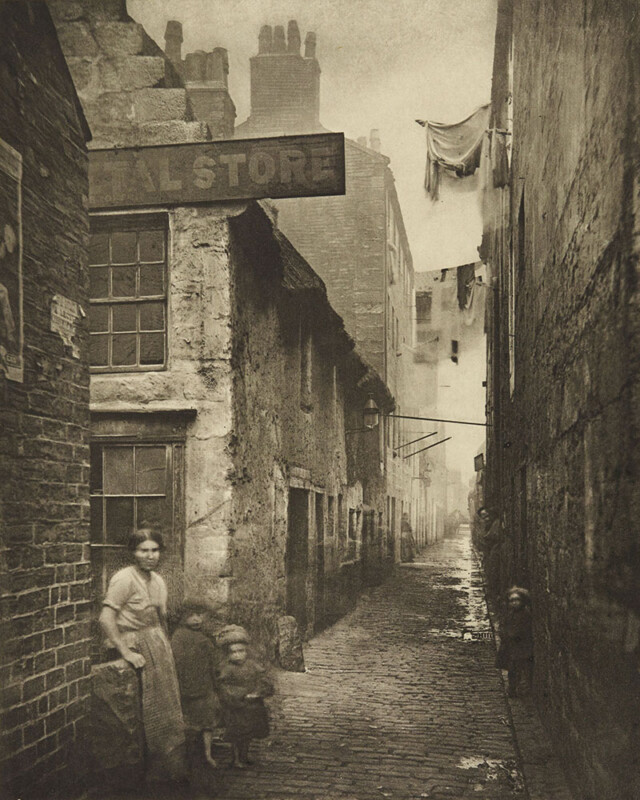
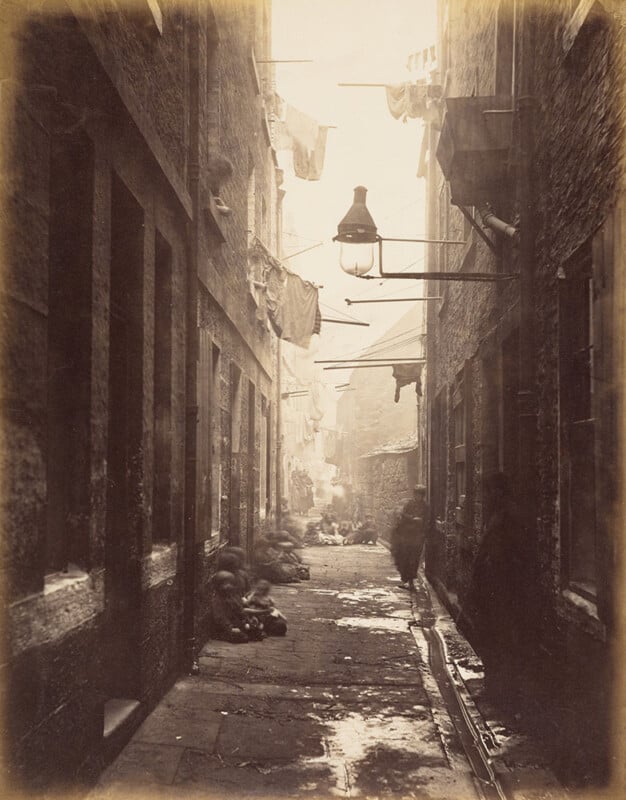
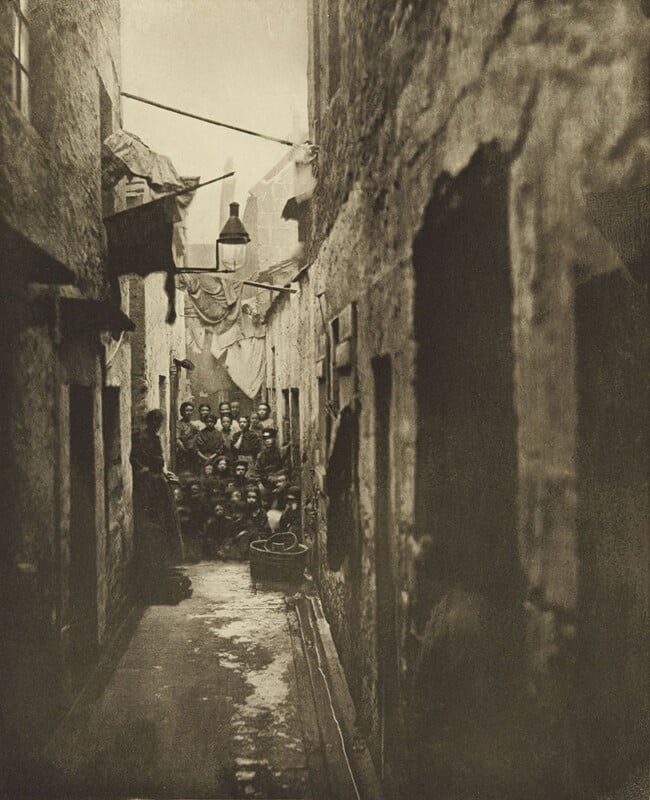
Taken between 1868 and 1871, the images were commissioned by the Glasgow City Improvement Trust to document the overcrowded, unhygienic conditions at a time when plans were being made to redevelop the slums.
The project by Annan is called Old Closes and Streets of Glasgow which authorities wanted to document for posterity.
It can’t be understated just how difficult it was to capture photos outside in the 1860s when long exposure times were required — some images would have taken minutes. It meant that Annan wasn’t able to photograph inside the dimly lit houses where these Glasweigans lived.
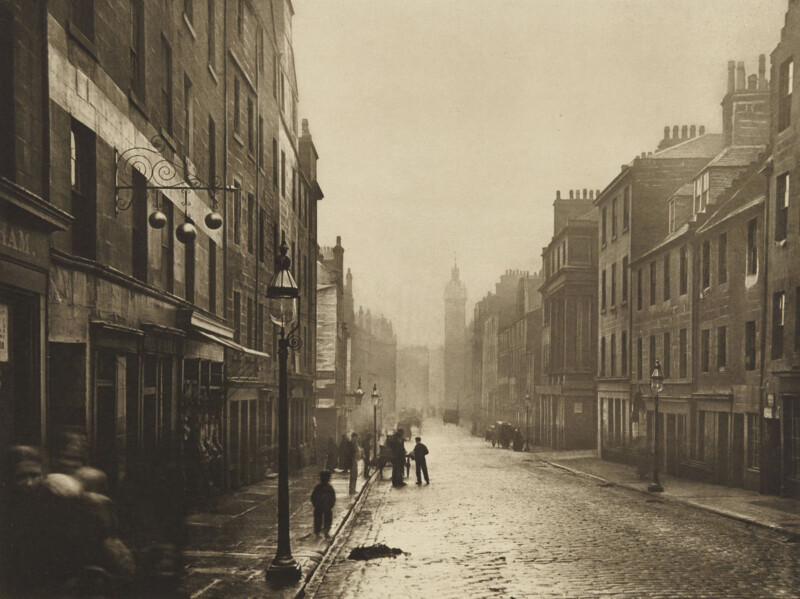
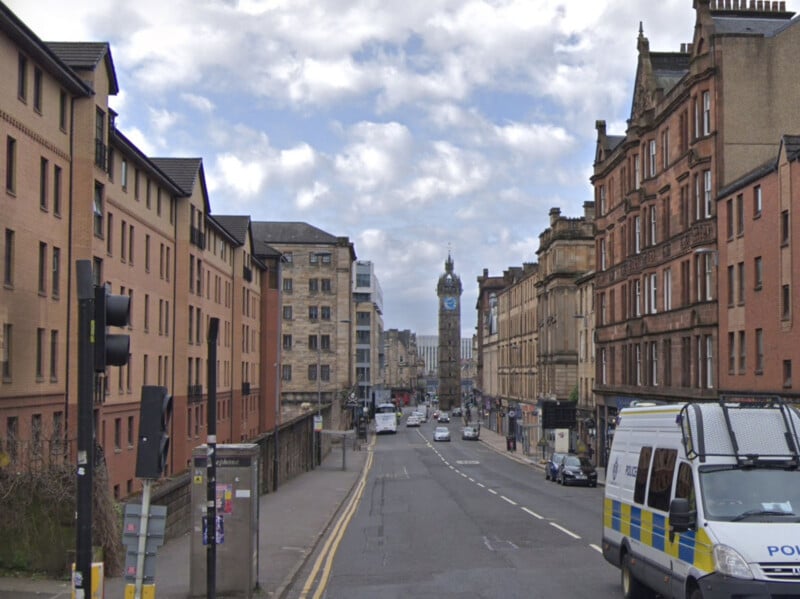
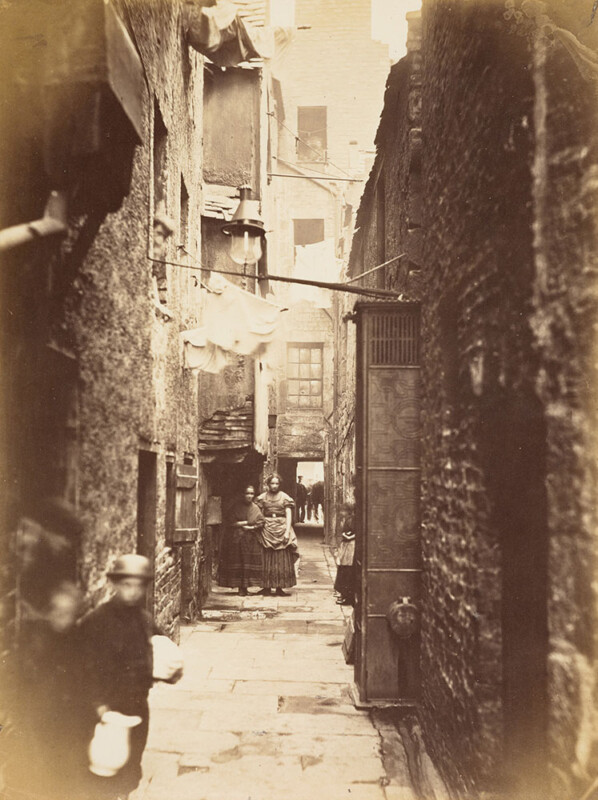
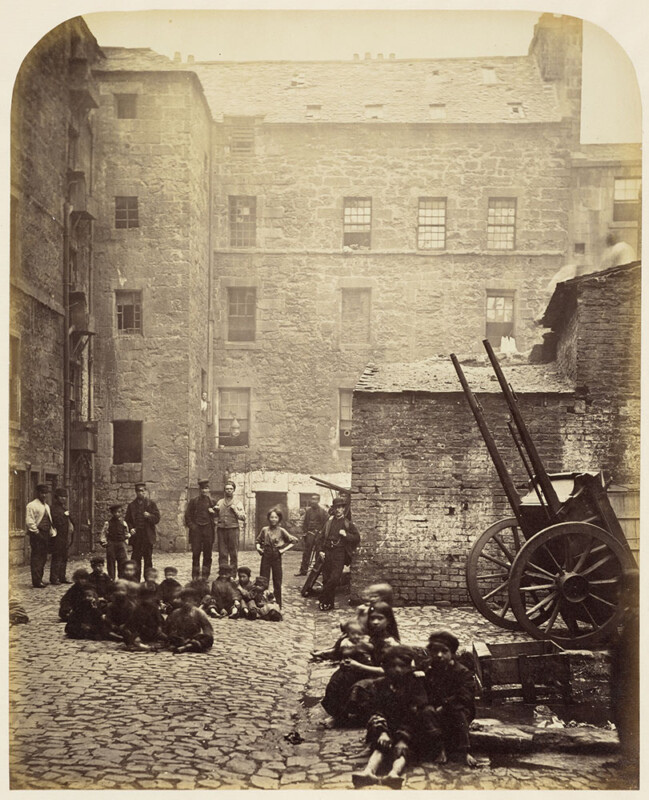
The photos provide an invaluable look at what life was like for poor Victorian Britons. The area Annan shot the photos in was called “Old Glasgow” and was located on the eastern side of the city; an area that became severely overcrowded in the 1840s due to rapid industrialization.
Mass migration played a role with rural communities moving to the city to seek better opportunities and the city had a huge influx of Irish immigrants too.
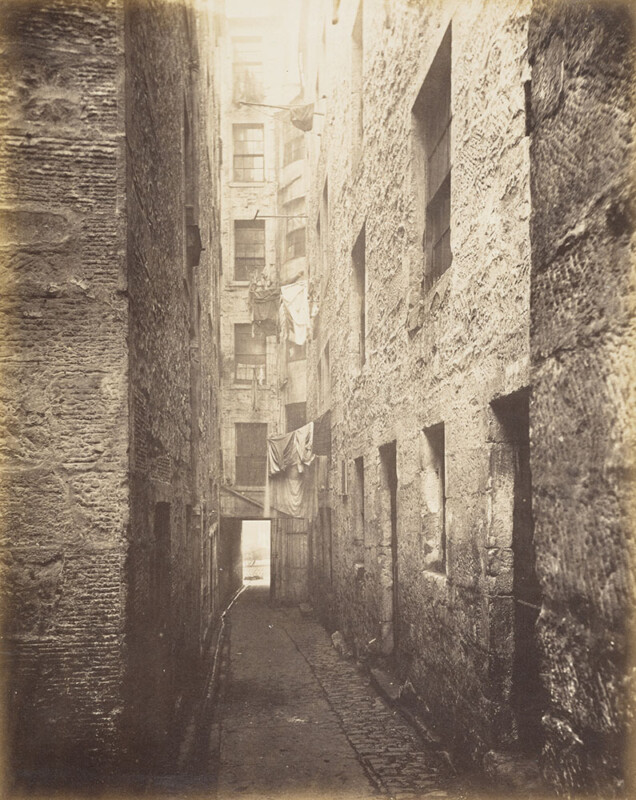
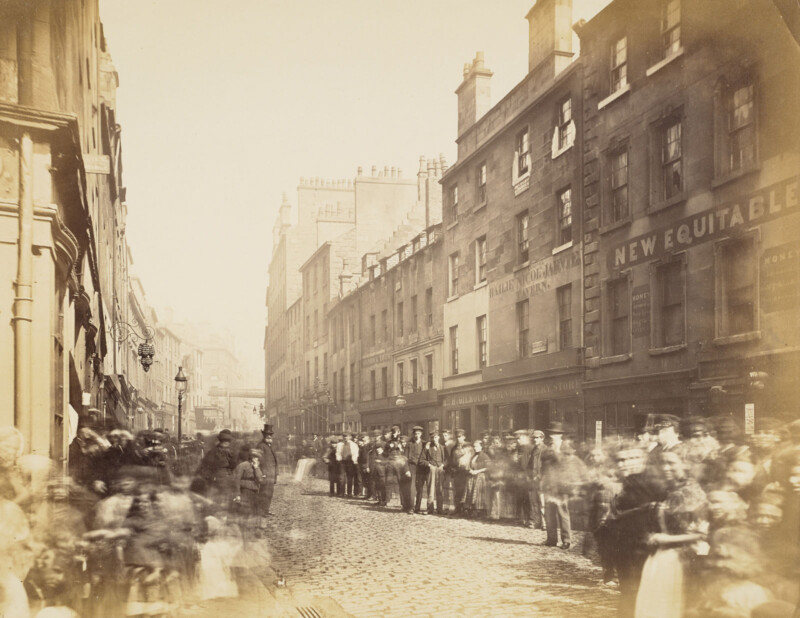
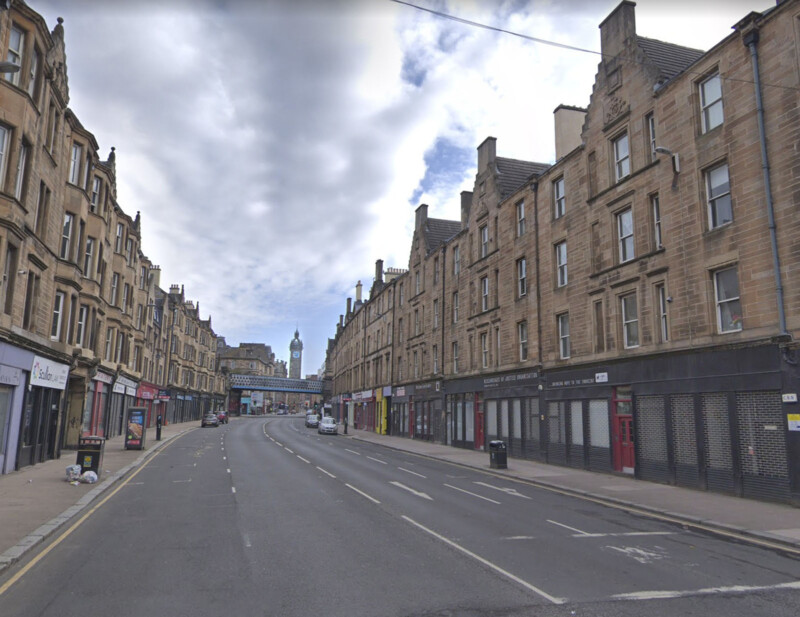
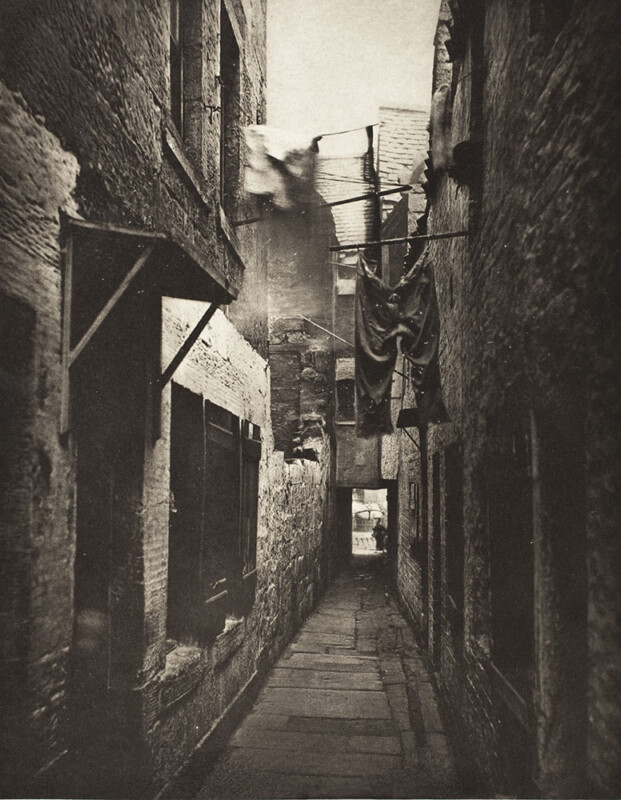
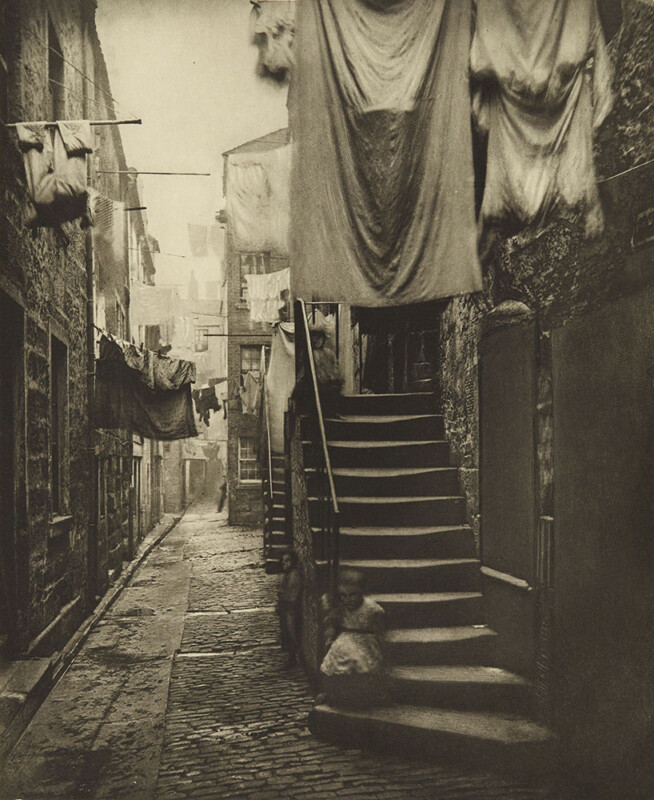
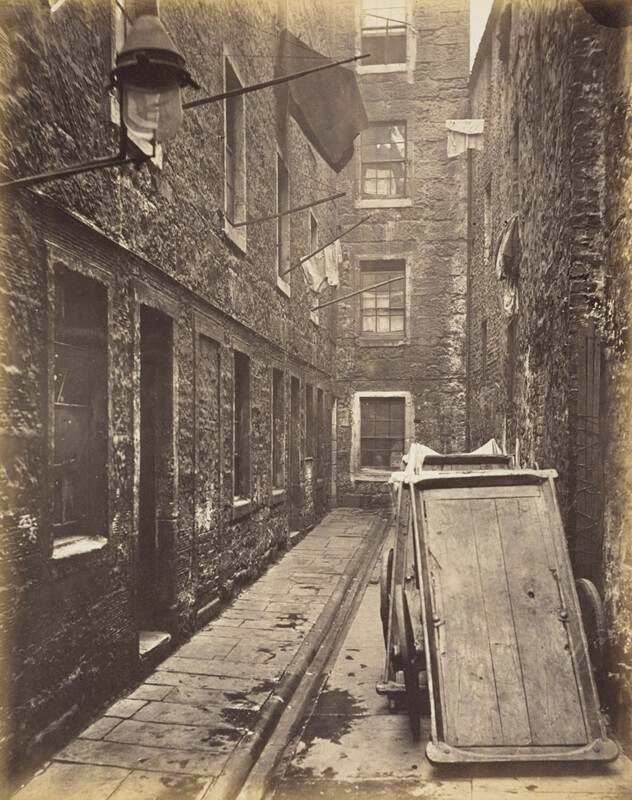
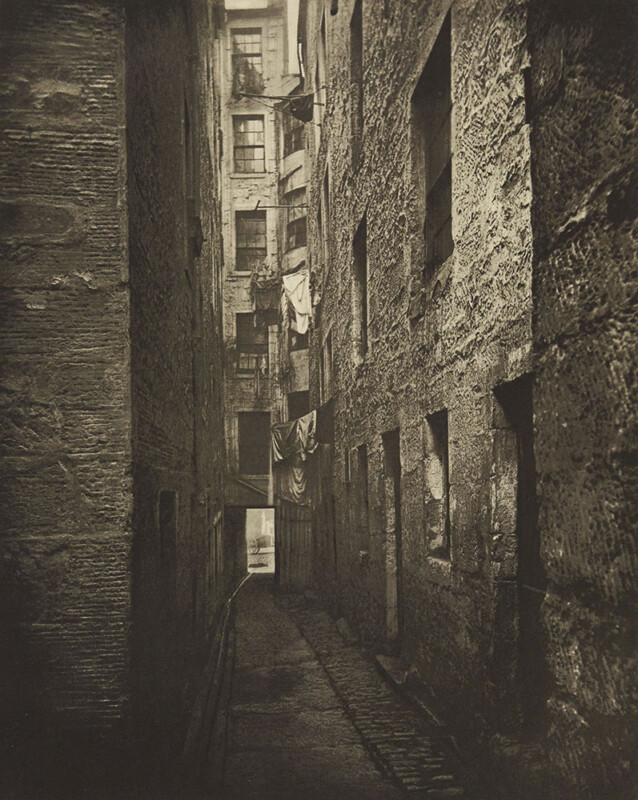
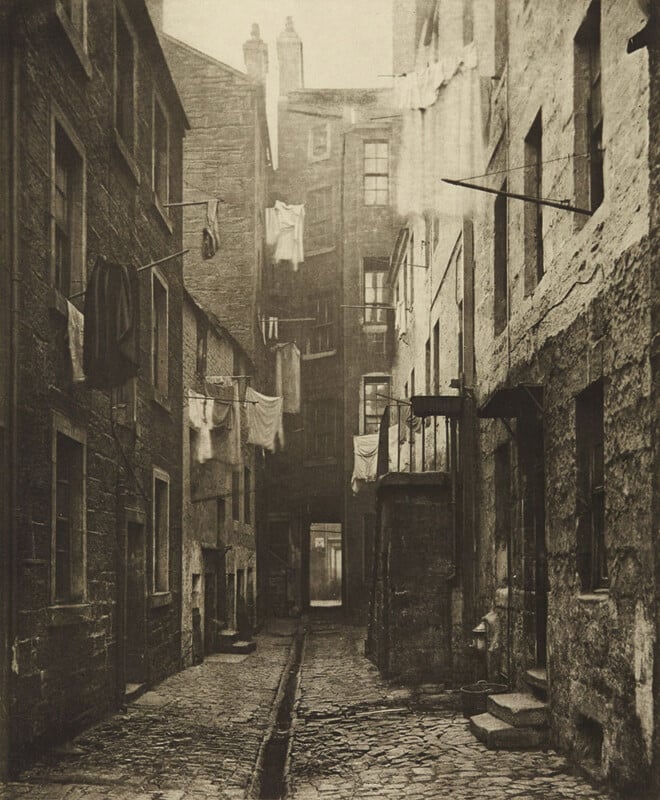
In 1811, Glasgow’s population was 100,000 but by the 1840s it had tripled to 300,000 which was part of the reason for squalid living conditions. During this period, life expectancy dropped to just 27 years old — the lowest it had been since the Black Death.
It was under these dire circumstances that Glasgow City Council implanted a trust to clean up the city. At first, they focussed on getting a clean water supply, aimed to improve the unsanitary conditions that led to several epidemics of cholera and typhoid.
The authorities then decided to demolish the slums but commissioned Annan to capture them before they were gone.
Image credits: Photographs by Thomas Annan